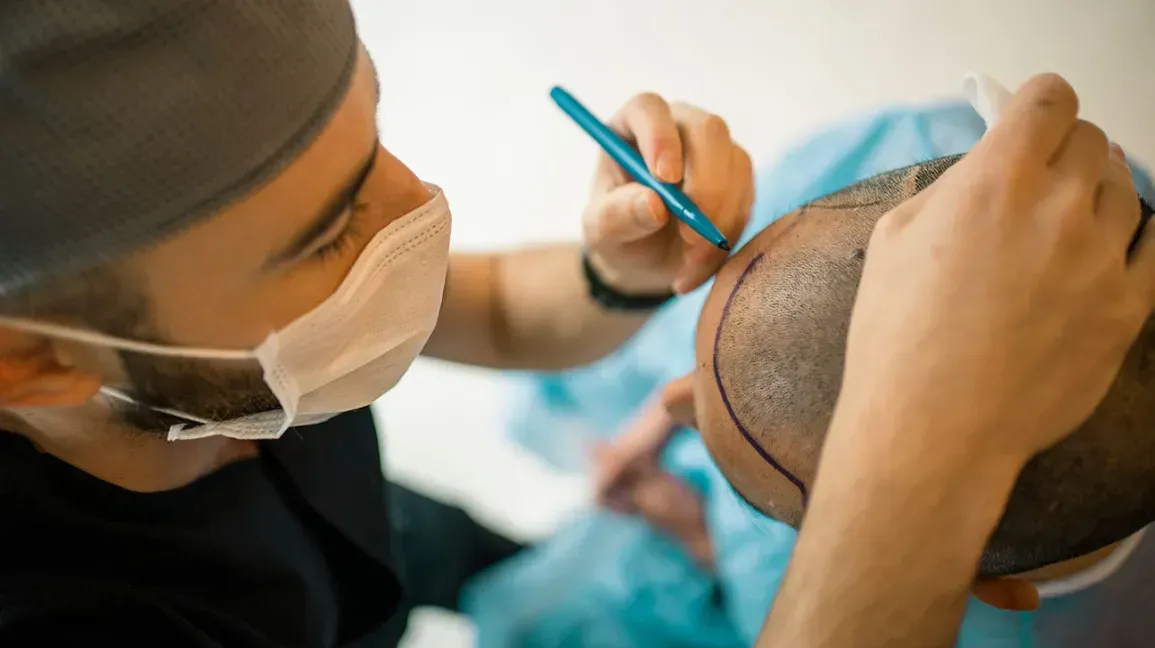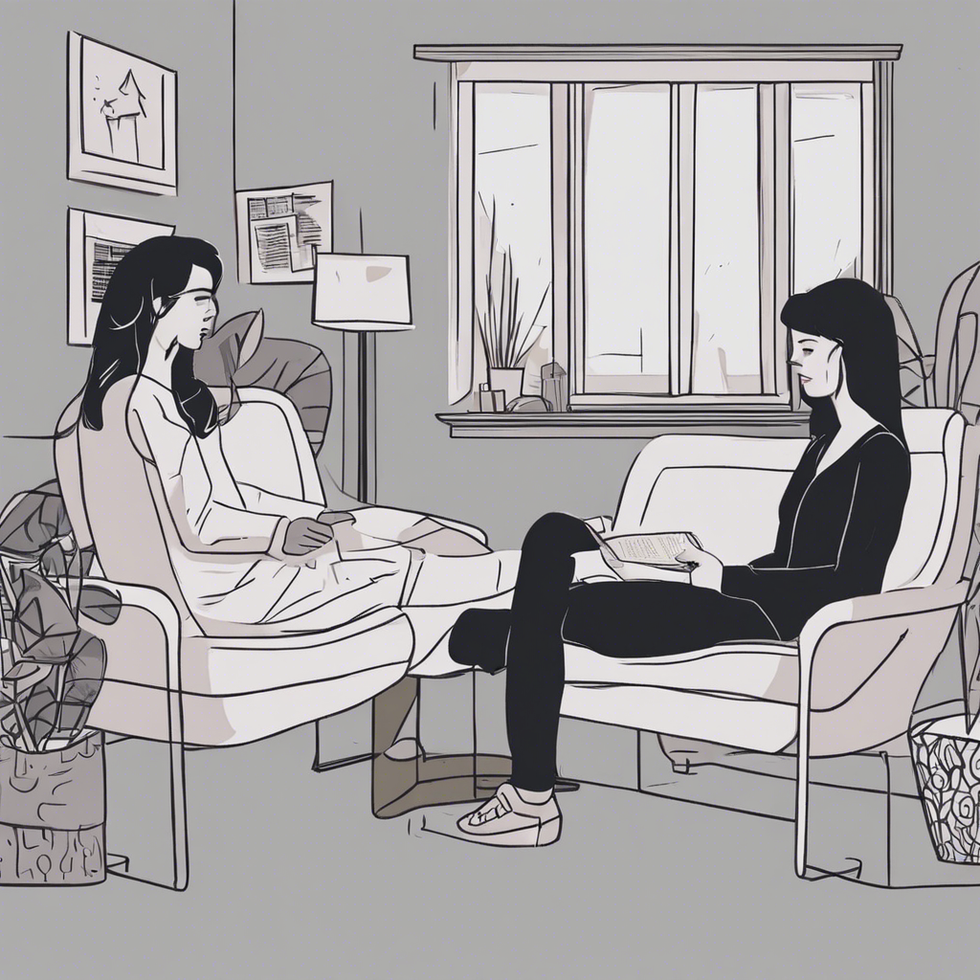You may have heard of people undergoing hair transplant procedures to restore their hair. This cosmetic treatment is intended to help people who have suffered from hair loss regain confidence in their appearance. Perhaps you know someone who has had a hair transplant, or you are possibly looking to get one yourself. If that’s the case, this quick guide will offer insightful information about how this procedure actually works.
First, Why Do People Get Hair Transplants?
Hair transplants are for people who are unhappy with the hair loss they’ve been experiencing, such as through hormonal changes, illness, age, or genetic reasons. Since society is so preoccupied with the desire to look and feel youthful, hair loss can be seen as an unwanted sign of age. A hair transplant helps to create a fuller appearance that also serves to make the recipient look younger. This can lead to a significant increase in their self-esteem.
What Kinds of Hair Transplant Exist?
There is more than one type of hair transplant. The treatment involved clumsier methods in the past and included hair plugs, which failed to give the patient a natural look. Contemporary hair transplants are far more convincing and effective due to the high level of technical precision involved.
When patients visit a modern hair transplant clinic, they will most likely undergo FUE or follicular unit extraction. This is when individual hair follicles are extracted from the donor site and transplanted in natural-looking locations for a seamless appearance. Other kinds of hair transplants are out there, but FUE has become the current most effective and popular.
What Happens During the Procedure?
As mentioned, during an FUE hair transplant, viable hair follicles are extracted from the donor site. Donor sites are usually the sides and back of the scalp since these areas are known to suffer far less from hair loss, meaning that the follicles tend to be healthier and more durable. The area where new hair growth is intended, usually the crown or hairline, has tiny holes created in it for each extracted follicle to be implanted. Once all the extracted follicles have been placed, the procedure is complete.
Bandages and stitches are needed to protect the donor site after the treatment, and the clinic will most likely give special shampoo, scalp protection, and specific care instructions to the patient before they leave. Very few people experience pain during the procedure due to the local anesthetic used at the beginning. To distract from any potential discomfort, many clinics often have music or TV available that can take a patient’s mind off the sensations.
What Are the Results of a Hair Transplant?
Once the swelling has subsided, the stitches have gone, and the scabs have fallen off, most hair transplants end up looking incredibly natural. Contemporary methods mean that patients with hair transplants feel more youthful and confident once their hair looks fuller and healthier. If you are considering this type of treatment, make sure to consult with an expert who can help you decide which path is best for you.




 Photo by
Photo by  person holding black smartphone on white textile
Photo by
person holding black smartphone on white textile
Photo by  StableDiffusion
StableDiffusion
 Photo by
Photo by  Photo by
Photo by 
 roommate as a therapist
StableDiffusion
roommate as a therapist
StableDiffusion
 woman in white shirt eating pizza
Photo by
woman in white shirt eating pizza
Photo by  person holding remote pointing at TV
Photo by
person holding remote pointing at TV
Photo by  person holding assorted clothes in wooden hanger
Photo by
person holding assorted clothes in wooden hanger
Photo by  a couple of
a couple of  friends cleaning apartment
StableDiffusion
friends cleaning apartment
StableDiffusion
 man driving car during golden hour
Photo by
man driving car during golden hour
Photo by  bacon strips and melted cheese topped fries on oval white and blue platter with gray stainless steel forks
Photo by
bacon strips and melted cheese topped fries on oval white and blue platter with gray stainless steel forks
Photo by  selective focus photography of eyeshadow palette
Photo by
selective focus photography of eyeshadow palette
Photo by  brown wooden framed white padded chair in between green indoor leaf plants inside bedroom
Photo by
brown wooden framed white padded chair in between green indoor leaf plants inside bedroom
Photo by  women forming
women forming  taking
taking  man in red polo shirt pouring wine on clear wine glass
Photo by
man in red polo shirt pouring wine on clear wine glass
Photo by  woman in black jacket standing on road during daytime
Photo by
woman in black jacket standing on road during daytime
Photo by 
 StableDiffusion
StableDiffusion
 StableDiffusion
StableDiffusion
 student thinking i shouldnt have procrastinated all semester
StableDiffusion
student thinking i shouldnt have procrastinated all semester
StableDiffusion
 Photo by
Photo by  Photo by
Photo by  Photo by
Photo by  StableDiffusion
StableDiffusion
 StableDiffusion
StableDiffusion
 Photo by
Photo by  Photo by
Photo by 


 Lumiere figure at the Disney Store at the Ala Moana Shoppi… | Flickr
Lumiere figure at the Disney Store at the Ala Moana Shoppi… | Flickr












